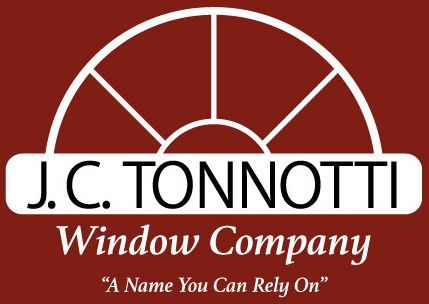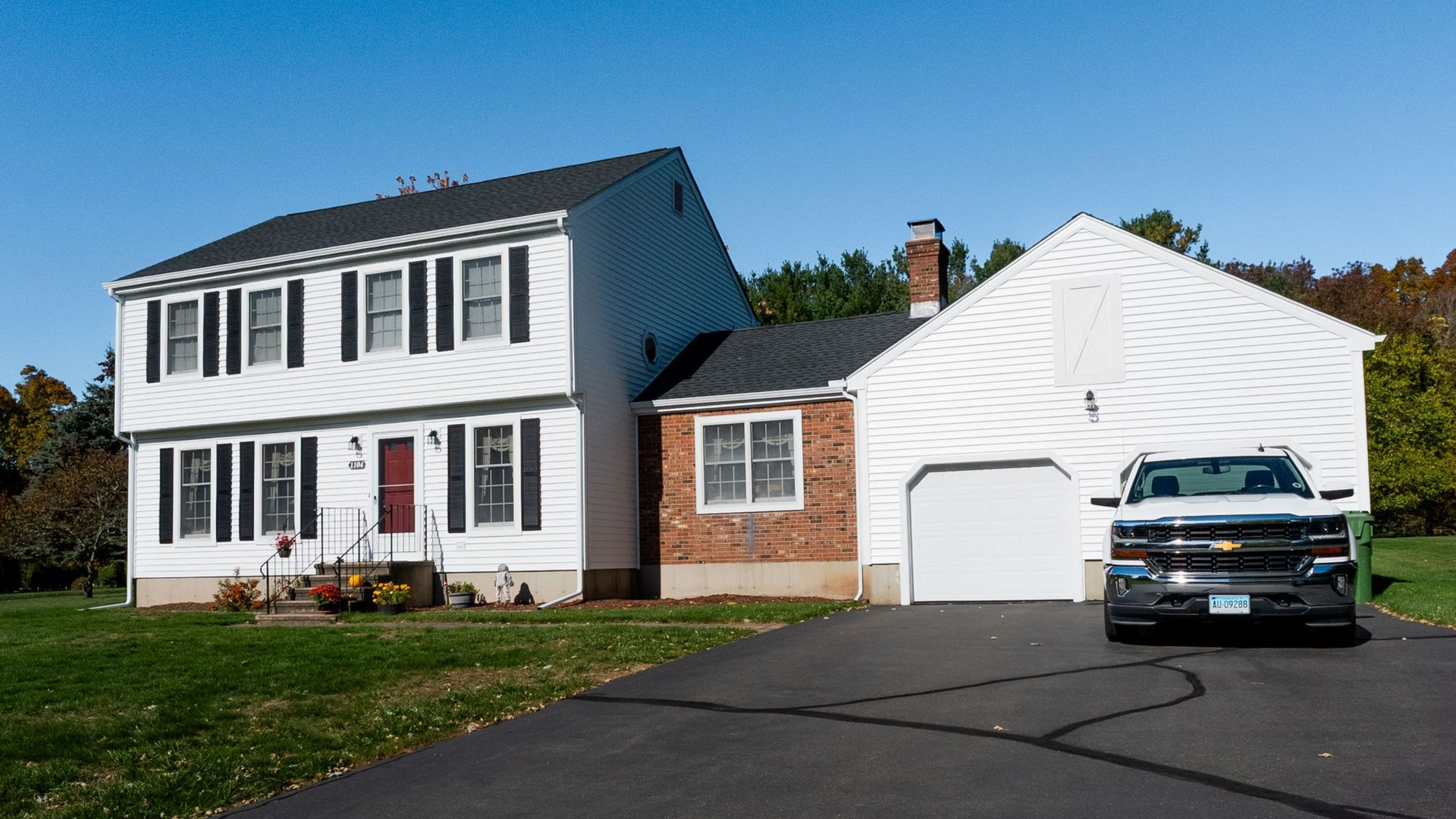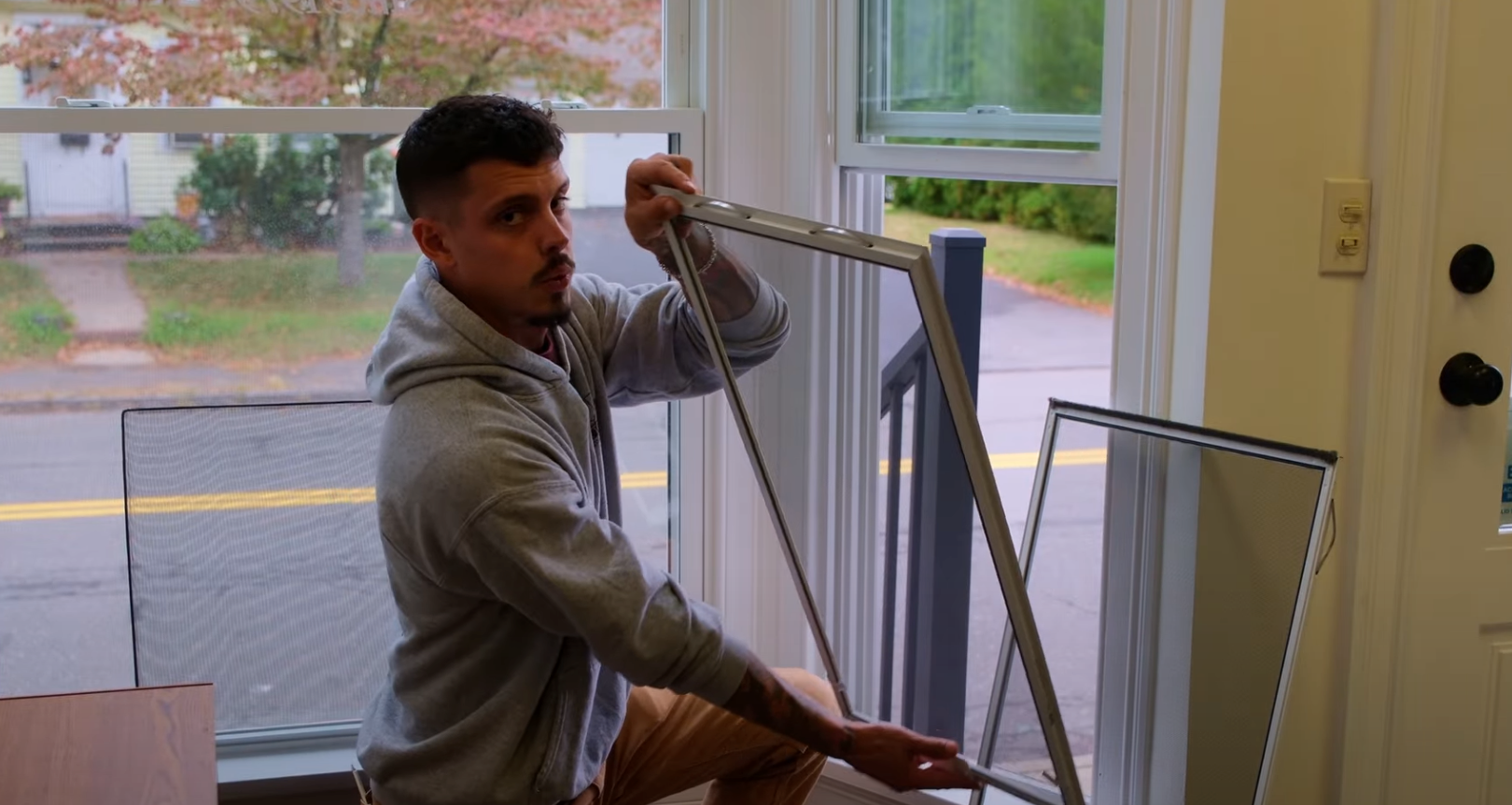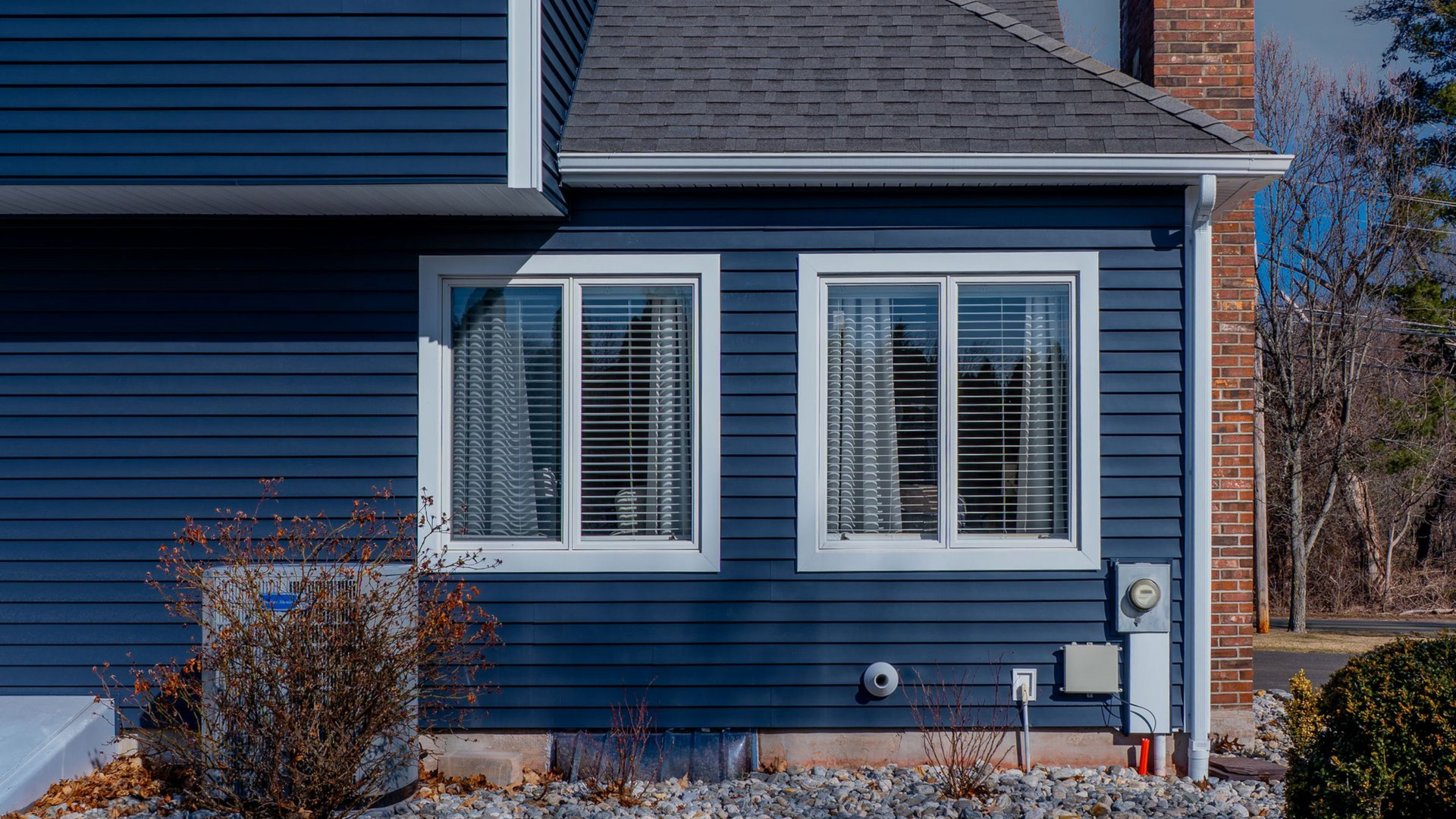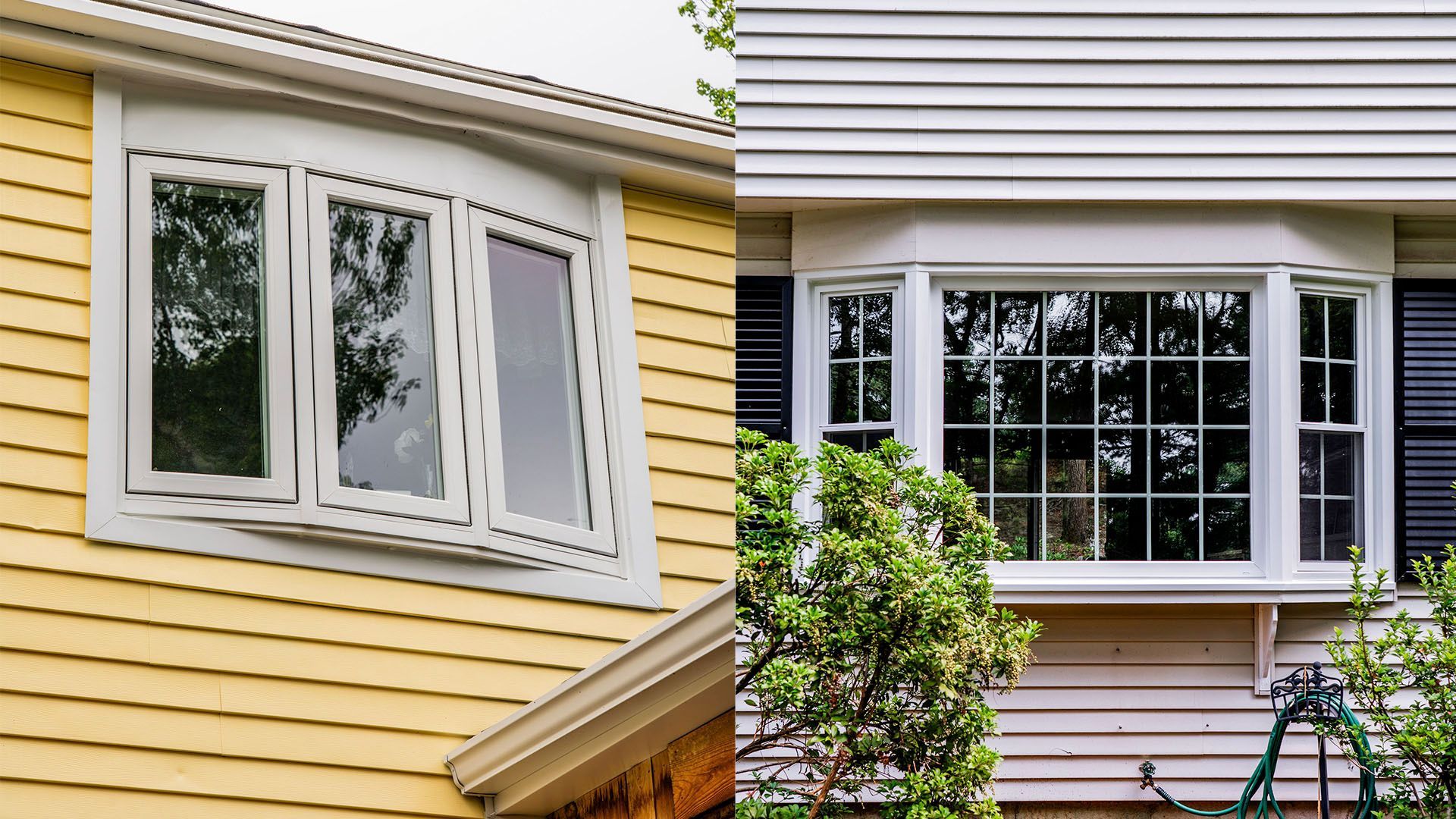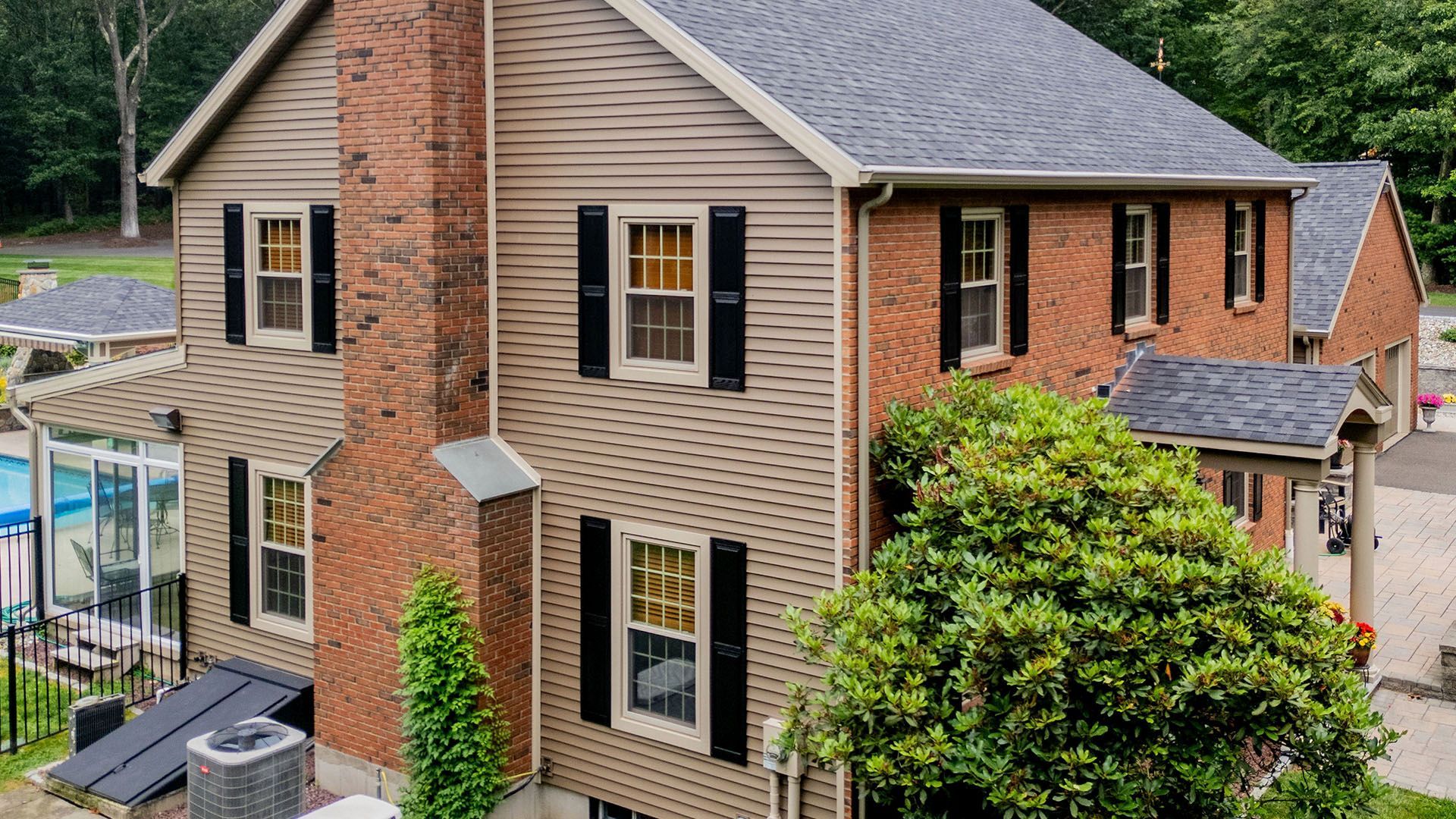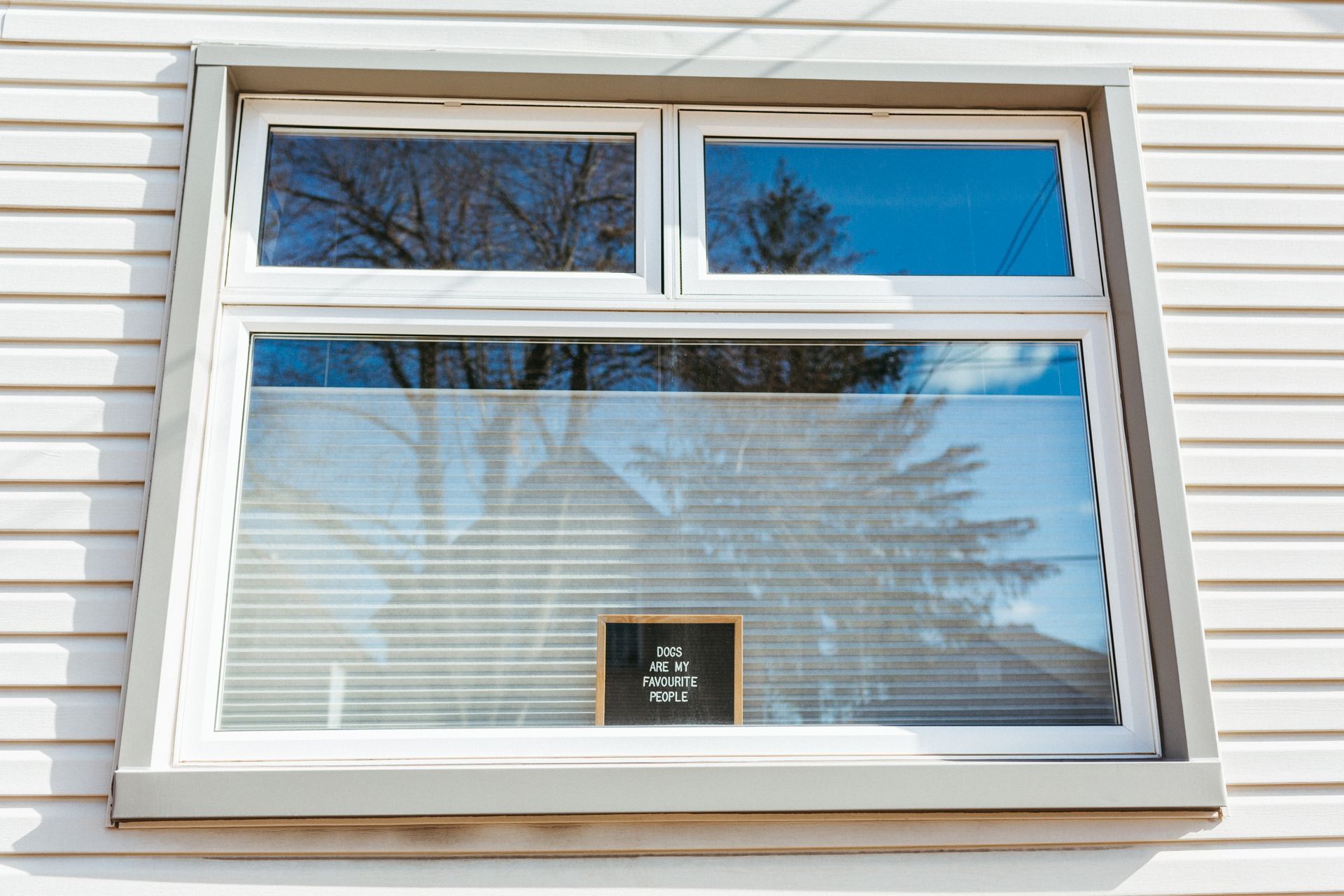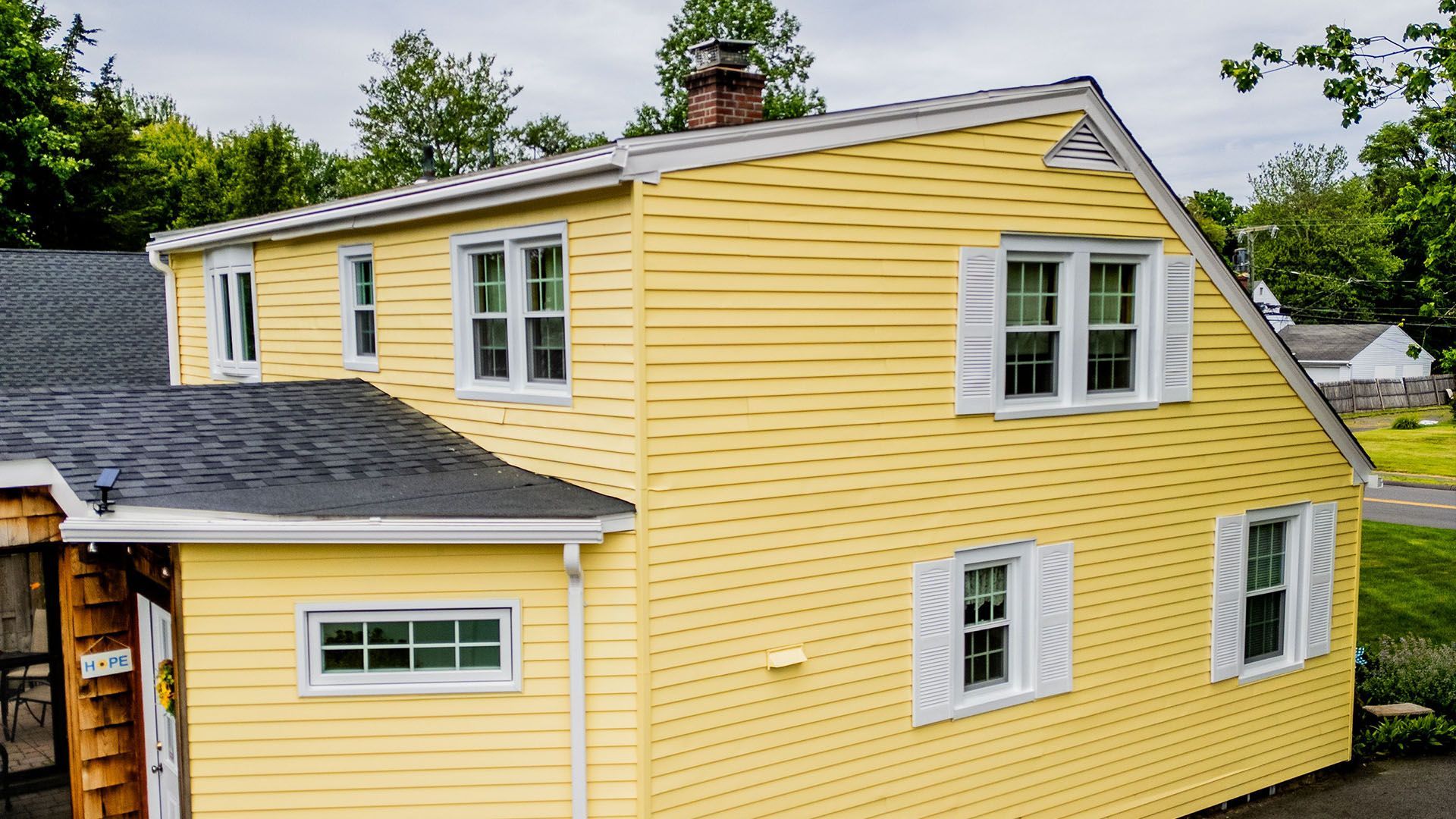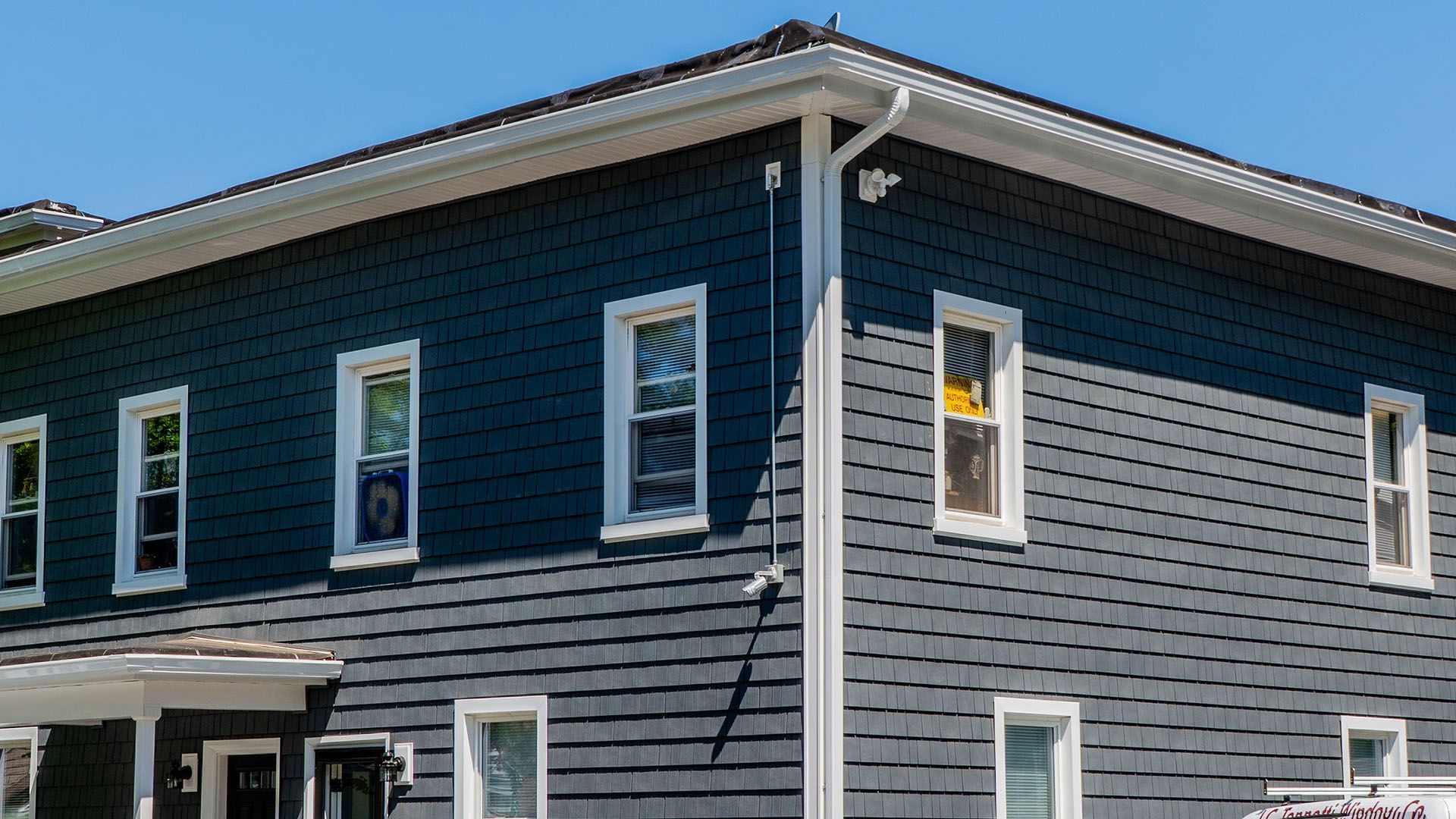Storm Windows vs Regular Windows: What’s the Difference?

If you're researching windows for your home, chances are you want trustworthy information, not a sales pitch. At J.C. Tonnotti, we've been helping Connecticut homeowners make smart window decisions for over 40 years. As licensed and insured window installation experts, we've worked on thousands of homes, installing and upgrading everything from single-pane regular windows to high-performance storm windows. This guide is based on our decades of hands-on experience and training to help you confidently choose the right type of window for your needs.
Let’s break down the differences between storm windows and regular windows, simply, clearly, and thoroughly.
What Are Storm Windows?
Storm windows are secondary windows that are installed either inside or outside of your home’s existing windows. They’re not replacements but are instead mounted on top of your current windows to provide extra protection and performance.
Common Materials
Storm windows come in several materials:
- Aluminum – Lightweight and durable; great for exterior use.
- Vinyl – More affordable and easy to maintain.
- Wood – Less common today but still available for historic homes.
Interior vs. Exterior Storm Windows
- Interior storm windows are mounted inside and are easy to install and remove. They're popular for apartments and older homes.
- Exterior storm windows attach to the outside of your window frame. They’re more permanent and provide stronger protection against harsh weather.

What Are Regular Windows?
Regular windows are the standard windows that are built into your home. They’re the primary window units and come in many styles, materials, and energy efficiency levels.
Types of Regular Windows
- Single-pane windows: One layer of glass. These are common in older homes but provide poor insulation.
- Double-pane windows: Two layers of glass with insulating gas in between. These are now standard in modern construction.
Basic Performance
Regular windows provide:
- Natural light
- Airflow (when openable)
- Basic insulation
However, their performance depends heavily on materials, construction quality, and whether they’re single or double-pane.
Key Differences Between Storm and Regular Windows
| Feature | Storm Windows | Regular Windows |
|---|---|---|
| Purpose | Enhances existing windows | Acts as the main window system |
| Layers | Adds an extra layer | Single or double-pane glass |
| Installation | Over existing windows | Built into the wall frame |
| Energy Efficiency | Improves insulation of current windows | Varies based on type/material |
| Durability | Protects against weather | Durable, but exposed |
| Noise Reduction | Offers added sound barrier | Depends on construction |
Energy Efficiency Comparison
How Storm Windows Help
Adding storm windows can significantly increase the energy efficiency of your existing windows by reducing:
- Drafts
- Air leakage
- Heat loss in winter and heat gain in summer
Interior storm windows especially excel in thermal performance, making them a smart choice for improving older, single-pane windows.
Climate Considerations
- Cold climates: Storm windows help trap heat indoors.
- Hot climates: Reflective storm windows can block out sun and reduce cooling costs.
- Mixed climates: Removable storm windows give seasonal flexibility.
Cost and Installation Differences
Upfront Costs
- Storm Windows: Usually cost between
$100–$400 per window, depending on material and custom size.
- Regular Windows: Replacement windows can range from $300–$1,000+ per window, especially if you're upgrading to double-pane or custom materials.
Installation
- Storm Windows: Easier to install. Many homeowners opt for
DIY.
- Regular Windows: Installation is more involved and usually requires a professional.
Long-Term Value
While storm windows are a lower-cost upgrade, they’re most beneficial if your existing windows are in decent shape. If your current windows are rotting, cracked, or poorly sealed, replacing them might offer better long-term value.
Pros and Cons of Storm Windows
Pros:
- Affordable way to improve insulation
- Easier to install than replacements
- Good soundproofing benefits
- Seasonal flexibility for interior versions
- Can
preserve the look of historic or vintage windows
Cons:
- Must be removed and cleaned seasonally (especially exterior types)
- Can
trap condensation if not vented properly
- Don’t add curb appeal like full replacements
- Limited functionality (no modern features like built-in blinds or coatings)
Pros and Cons of Regular Windows
Pros:
- Modern features: Low-E coatings, UV protection, double/triple glazing
- Increased home value from full window replacement
- Better aesthetics and customization
- Longer lifespan than add-ons
Cons:
- Higher cost to replace all windows
- Invasive installation may require removing siding or trim
- Can be overkill if your current windows are already in good condition
Which Type of Window Is Right for Your Home?
Here’s how to decide between storm windows and new regular windows:
Choose Storm Windows if:
- Your existing windows are structurally sound but drafty
- You're on a
budget
- You want a
non-invasive upgrade
- You live in a
historic home and want to preserve original windows
Choose New Regular Windows if:
- Your current windows are
damaged, rotted, or warped
- You want to boost home resale value
- You’re doing a
full renovation or addition
- Energy efficiency is a top priority and you're ready to invest
Final Thoughts on Choosing Between Storm and Regular Windows
The best choice depends on your home’s condition, budget, and goals.
- Storm windows offer a cost-effective upgrade that can significantly improve insulation and comfort, especially for older homes.
- Regular windows offer the latest in design, durability, and energy performance at a higher cost.
When in doubt, it’s best to get a professional evaluation of your current windows to determine if retrofitting with storm windows or investing in replacements will serve you better in the long run.
Not sure which is right for your home?
At J.C. Tonnotti, we offer free, no-pressure consultations to assess your current windows and help you decide whether storm windows or full replacements are the smarter investment. With over 40 years of local experience and top-rated customer service, we’ll help you make the right choice for your comfort, energy savings, and budget. Schedule Your Free Window Consultation Today
Frequently asked questions
Can storm windows be as effective as replacement windows?
Storm windows can come close to the performance of new double-pane windows when added to existing single-pane units, potentially reducing heat loss by 25–50%. However, they won't match the energy efficiency of modern triple-pane or high-performance replacement windows with low-E coatings and argon gas fills. Storm windows work best when your existing windows are structurally sound but simply lack insulation.
How long do storm windows typically last?
Quality storm windows can last 15–20 years with proper maintenance, though aluminum frames tend to outlast vinyl. Regular cleaning and occasional caulking around the frame will extend their lifespan. In contrast, modern replacement windows typically last 20–30 years or more, making them a better long-term investment if you're planning to stay in your home.
Will storm windows work with my casement or awning windows?
Storm windows work best with double-hung and sliding window styles. They're difficult to fit properly on casement, awning, or other operable windows that swing outward. If you have these window types and need better efficiency, full replacement is usually the more practical solution.
Do I need to remove storm windows in the summer?
Interior storm windows should be removed or opened in summer to prevent moisture buildup and allow ventilation. Exterior storm windows can typically stay year-round, though some homeowners prefer to remove them for easier cleaning and to let in maximum airflow during mild weather. Three-track exterior storm windows offer the most flexibility with removable panels.
Can I install storm windows myself, or do I need a professional?
Many interior storm windows are DIY-friendly and can be installed with basic tools in an afternoon. Exterior storm windows are more involved and require precise measurements, proper sealing, and sometimes drilling into your home's exterior. While experienced DIYers can handle the job, professional installation ensures proper fit, weatherproofing, and warranty coverage—typically adding $50–$100 per window to the total cost.
